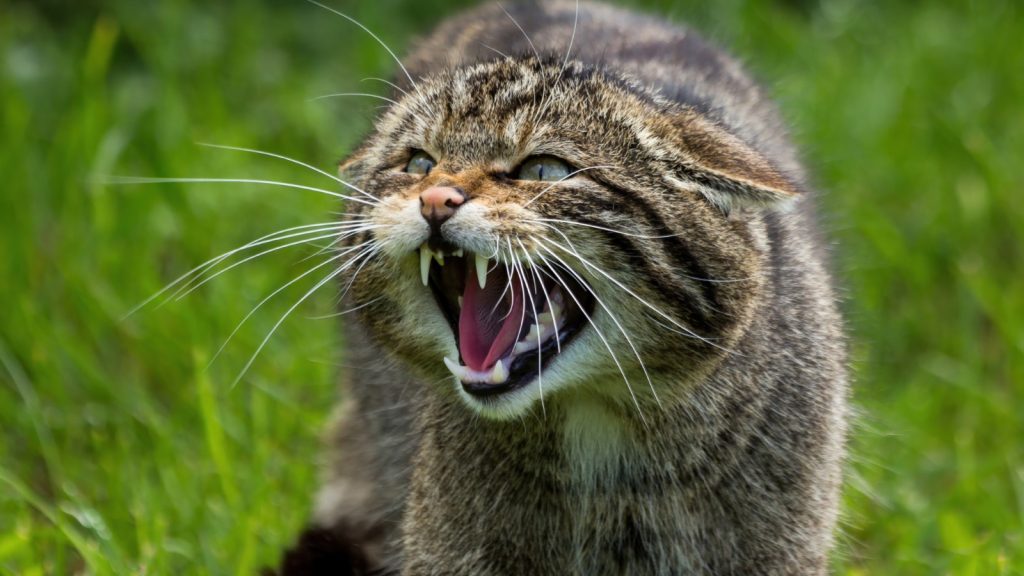When we think of endangered animals, our minds often wander to exotic creatures in far-off lands. But the truth is, many of our own British wildlife species are facing serious threats right here at home. From the rolling hills of the countryside to the depths of our coastal waters, numerous animals are struggling to survive. Some of these creatures might surprise you – they’re often the ones we take for granted, assuming they’ll always be around. It’s time to shine a light on these unsung heroes of our ecosystem and understand why they need our help. Here are 15 British animals whose plight might just shock you.
Red Squirrel
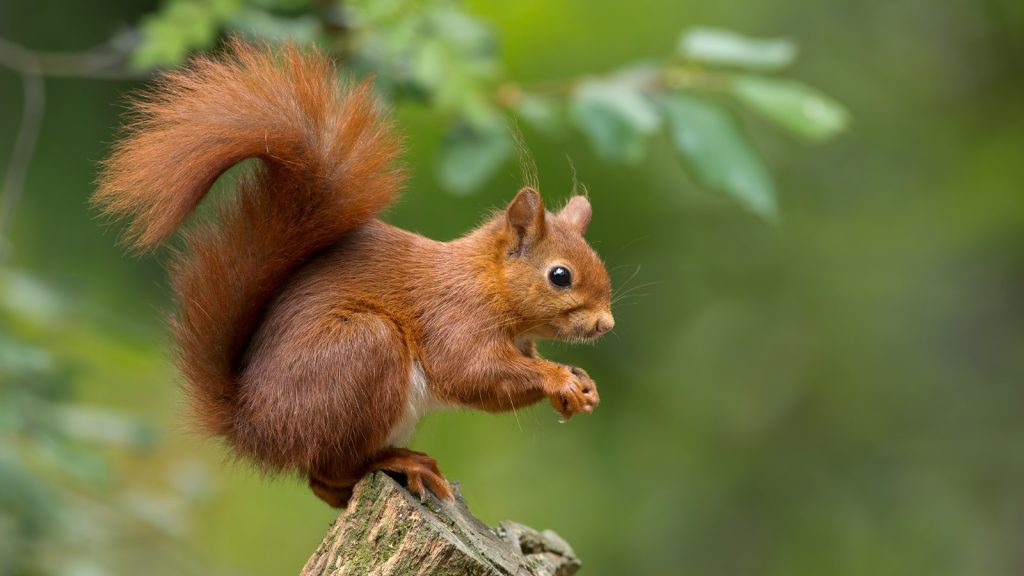
The charming red squirrel, once a common sight in British woodlands, is now a rare treat to spot. These russet-furred acrobats have been pushed to the brink by the introduction of their American grey cousins. Greys outcompete reds for food and carry a virus that’s lethal to our native squirrels. Today, there are only about 140,000 red squirrels left in the UK, mostly in Scotland. Conservation efforts include creating ‘red squirrel strongholds’ in areas like the Isle of Wight and Anglesey, where greys are systematically removed to give reds a fighting chance.
Water Vole
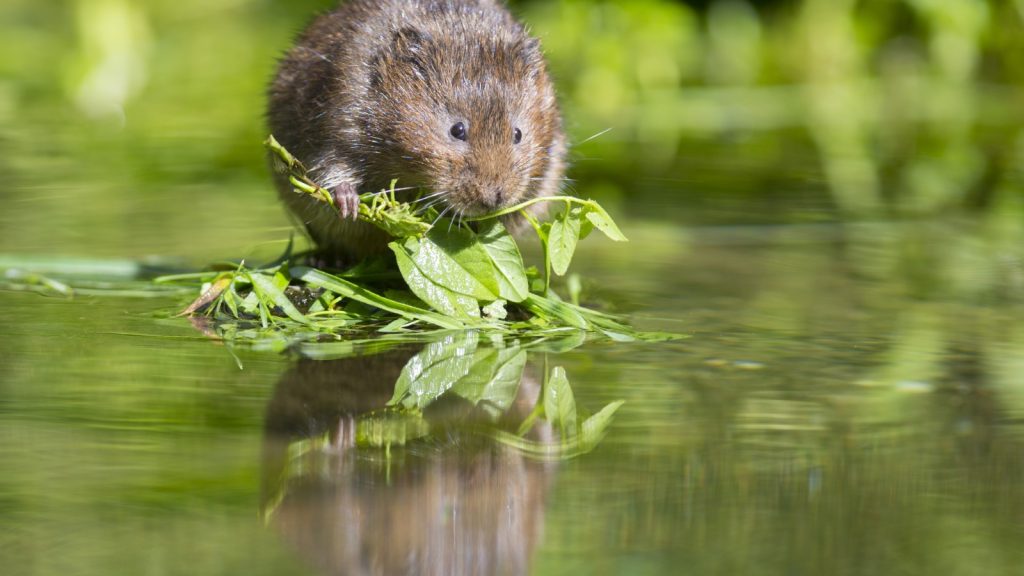
Remember Ratty from ‘The Wind in the Willows’? He was actually a water vole, and these adorable riverside residents are in serious trouble. They’ve disappeared from 94% of places where they were once common. American mink, escaped from fur farms, are a major threat, as is the loss of suitable riverbank habitat. Water voles are now legally protected in the UK, and reintroduction programmes are underway in several areas to boost their numbers.
Hedgehog
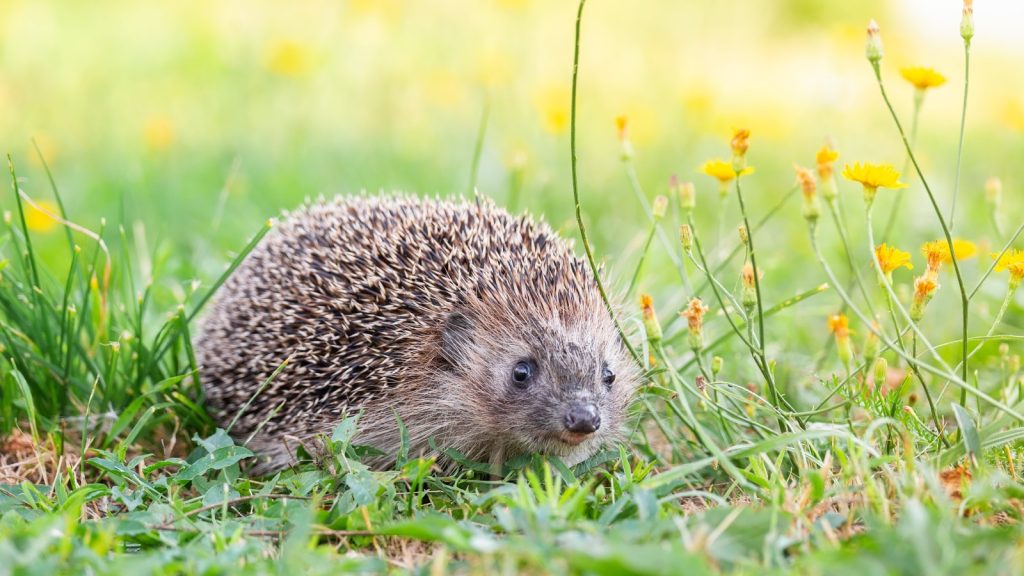
The spiky gardener’s friend has seen its numbers plummet by up to 50% since 2000. Our tendency to tidy up gardens, use pesticides, and build impenetrable fences all contribute to the hedgehog’s decline. These nocturnal wanderers need connected green spaces to thrive, something that’s becoming increasingly rare in our urban landscapes. You can help by creating ‘hedgehog highways’ – small holes in fences to allow them to move between gardens freely.
Scottish Wildcat
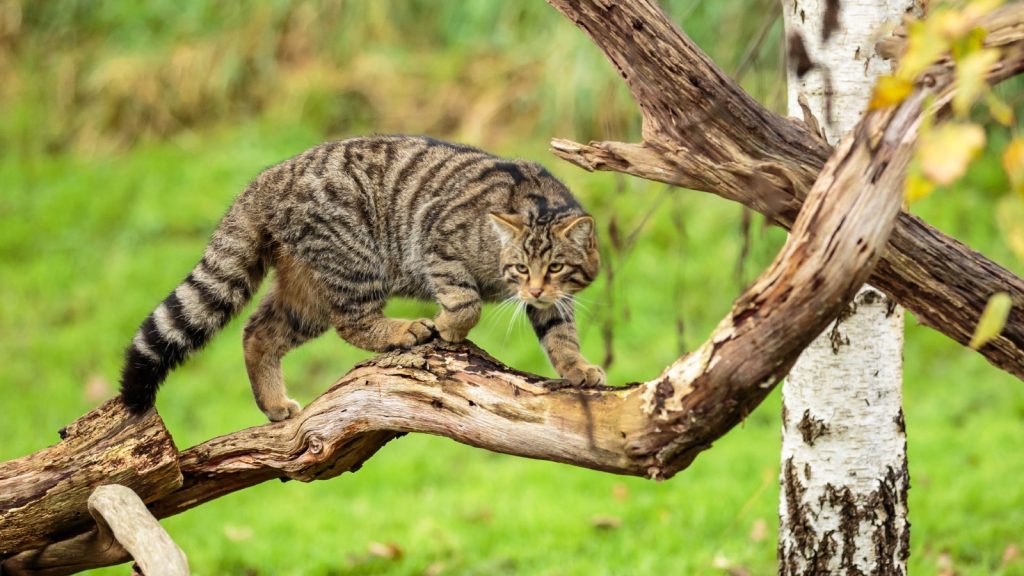
Often called the ‘Tiger of the Highlands’, the Scottish wildcat is on the brink of extinction. There might be fewer than 100 pure wildcats left in the wild. Interbreeding with domestic cats is diluting their gene pool, while habitat loss and persecution have driven their numbers down dramatically. A captive breeding programme is underway to help save this iconic species, with plans to release wildcats back into carefully selected areas of Scotland.
Turtle Dove
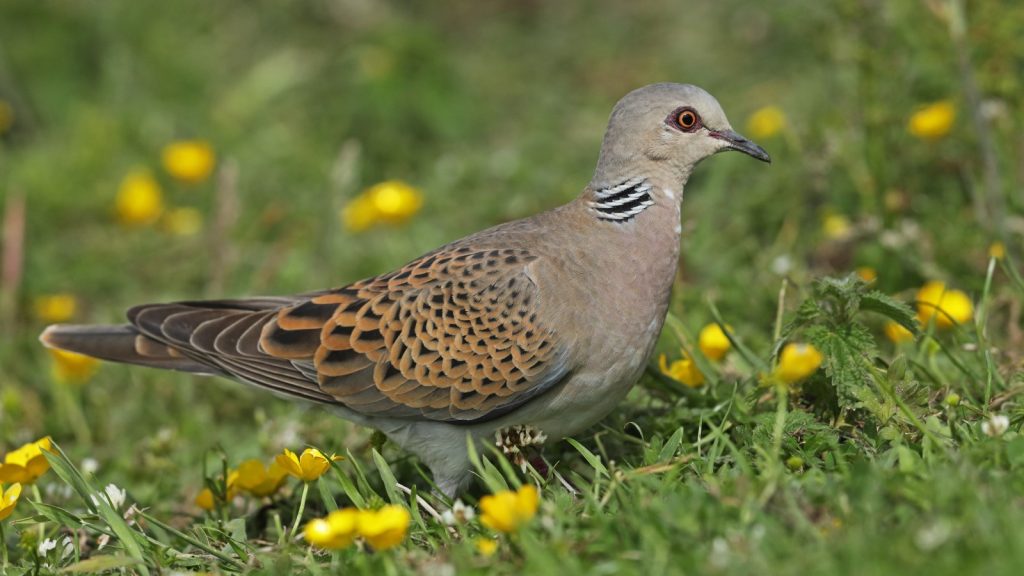
The gentle purr of the turtle dove was once a common sound of British summers. Sadly, these birds have declined by 93% since 1994. Changes in farming practices have reduced their food supply, and they face hunting pressures on their migration routes to Africa. Operation Turtle Dove, a conservation project, is working with farmers to create turtle dove-friendly habitat and provide supplementary feed during the breeding season.
Natterjack Toad
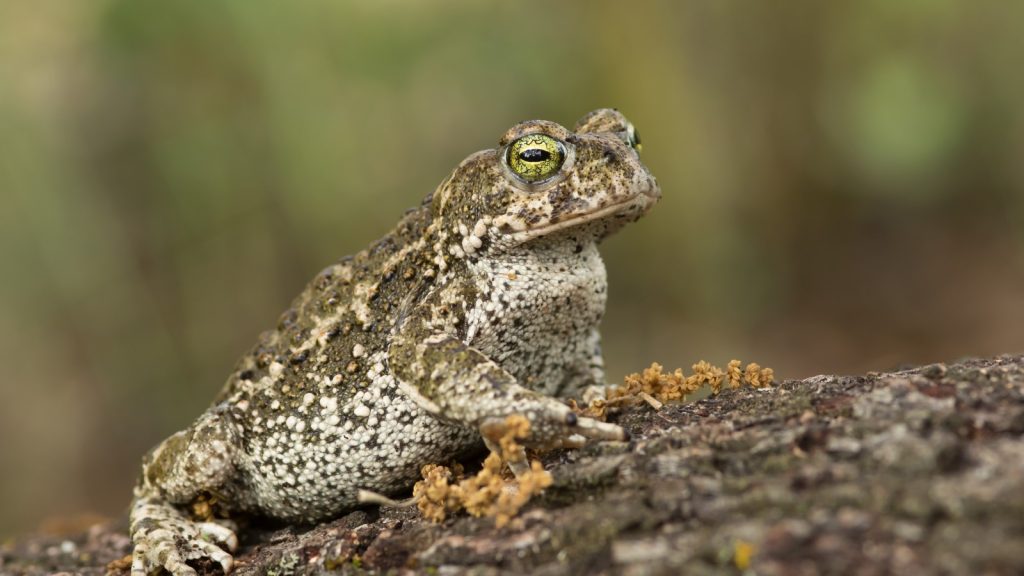
This unusual toad, known for its loud nocturnal calls, is now found in only a handful of sites across Britain. Habitat loss is the main culprit, as coastal dunes and heathlands are developed or altered. These toads need shallow, warm pools to breed, which are becoming increasingly scarce. Conservation efforts include creating new breeding ponds and maintaining existing habitats to help these vocal amphibians bounce back.
Pine Marten
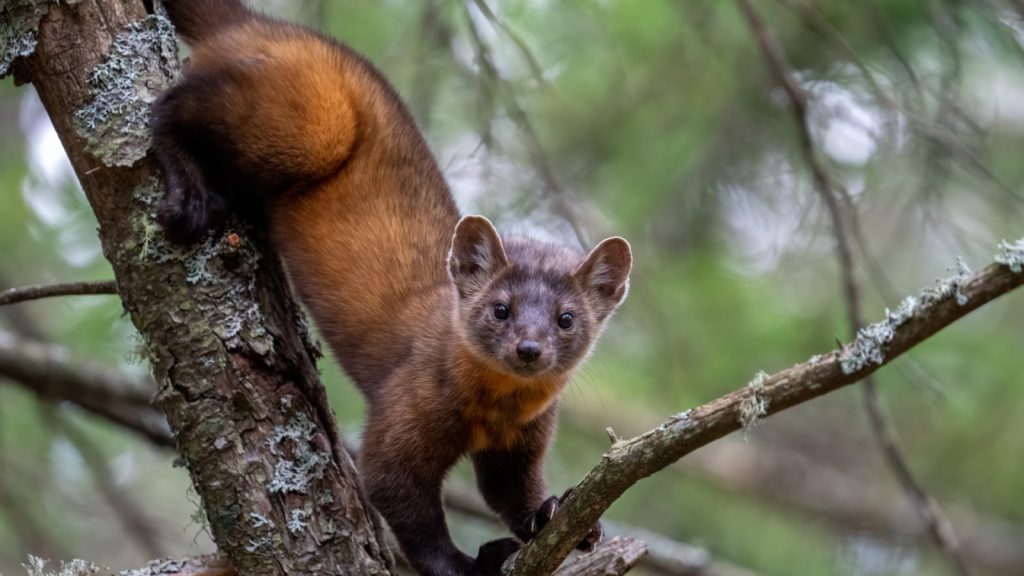
These agile tree-climbers were once found throughout Britain but are now mainly restricted to the Scottish Highlands. Historical persecution and habitat loss drove them to near-extinction in England and Wales. While they’re making a slow comeback, pine martens remain one of our rarest carnivores. Interestingly, their recovery might help red squirrels, as pine martens are more efficient at catching grey squirrels than reds.
Great Yellow Bumblebee
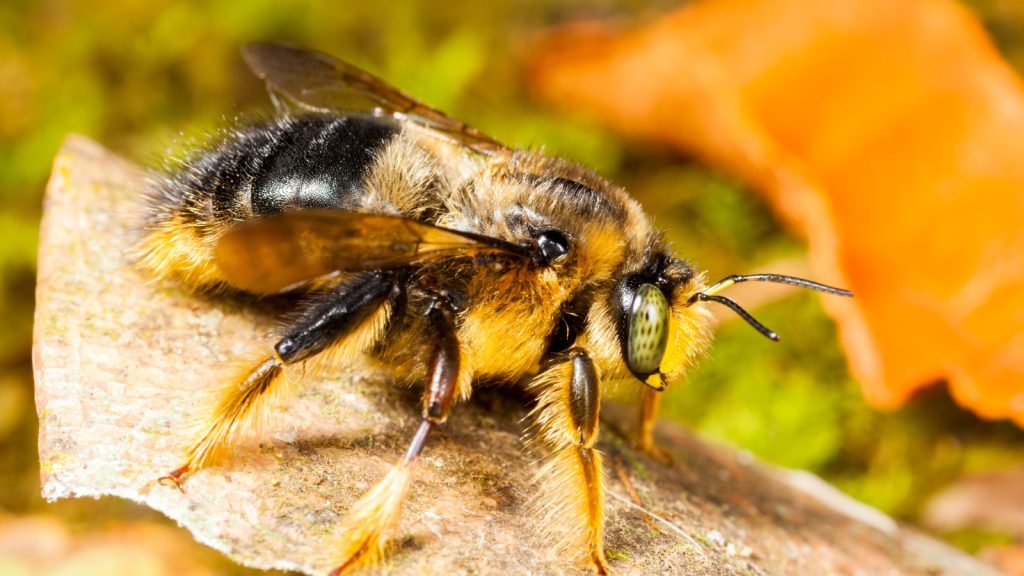
Once widespread across the UK, this fuzzy pollinator is now only found in the far north of Scotland. It’s declined by 80% in the last century due to changes in farming practices. These bees need flower-rich meadows to survive, which have become increasingly rare in our modern agricultural landscape. The Bumblebee Conservation Trust is working with farmers and landowners to create and maintain suitable habitats for this and other threatened bumblebee species.
Small Blue Butterfly
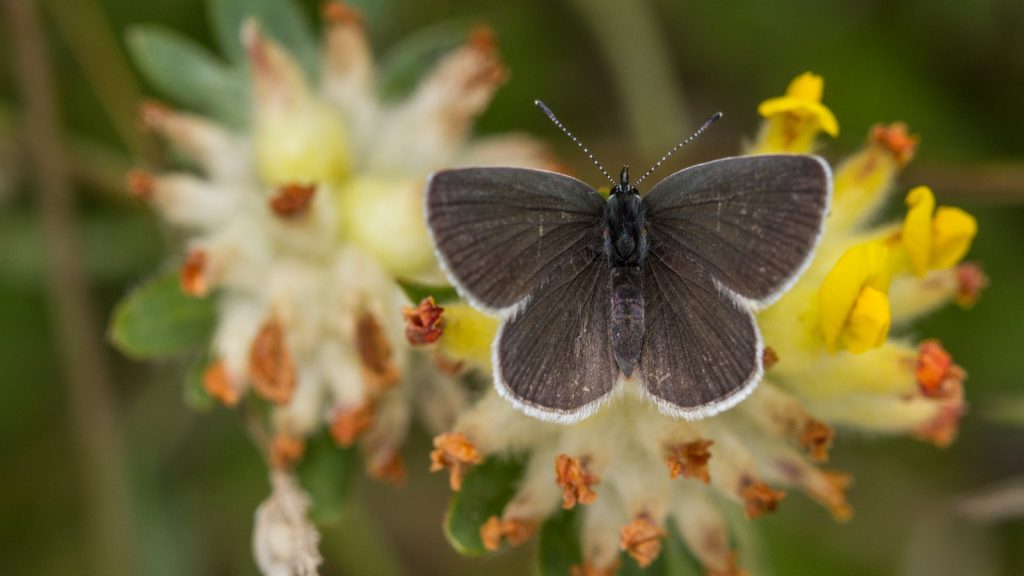
Don’t let the name fool you – the small blue is actually brown! It’s our smallest butterfly and is in serious decline. The caterpillars feed exclusively on kidney vetch, a plant that’s becoming scarce due to changes in land management. These tiny butterflies now exist in small, isolated colonies across the UK. Conservation efforts focus on creating and maintaining chalk grassland habitats where kidney vetch thrives.
Capercaillie
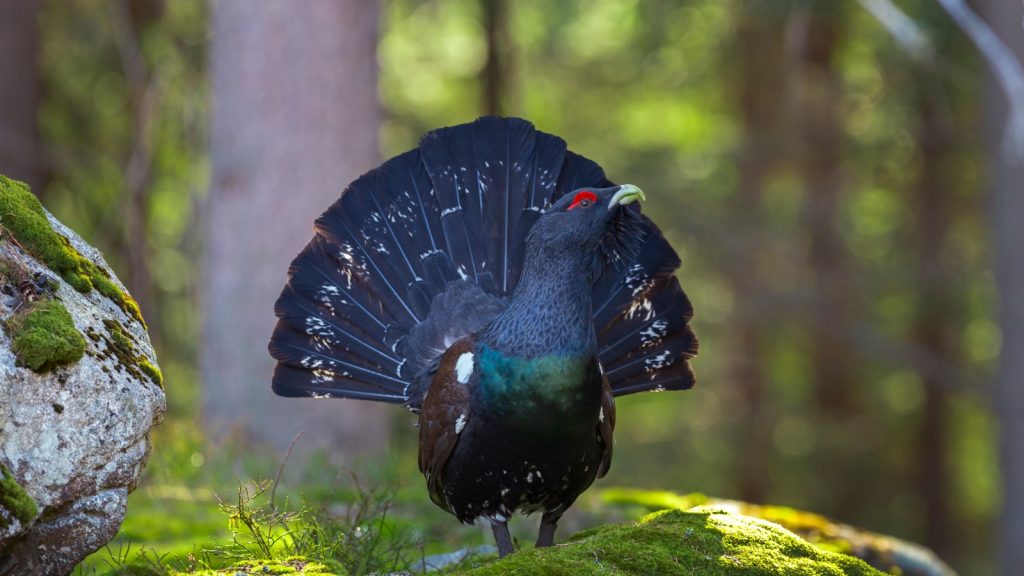
This spectacular woodland grouse is hanging on by a thread in Scotland. There may be fewer than 1,000 individuals left. Climate change is a significant threat, as warmer, wetter springs reduce chick survival rates. Habitat loss and collisions with deer fences also pose serious problems. The Cairngorms Capercaillie Project is working to protect and expand the capercaillie’s forest home, involving local communities in conservation efforts.
Freshwater Pearl Mussel
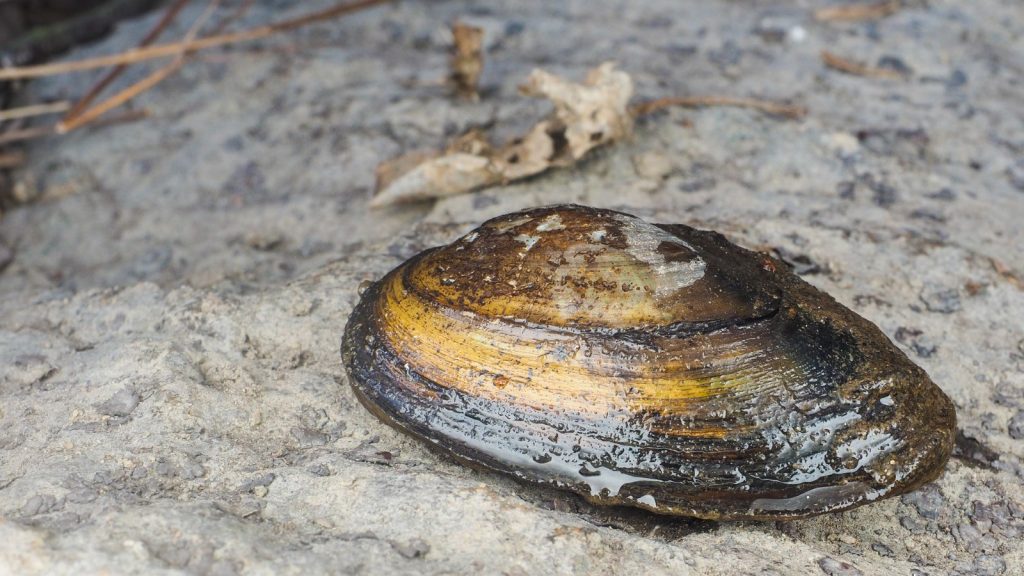
These long-lived molluscs can survive for over 100 years, but they’re in danger of disappearing from our rivers. Pollution, habitat destruction, and illegal pearl fishing have all contributed to their decline. They’re now found in just a handful of Scottish and Welsh rivers. These mussels play a crucial role in filtering river water, with a single mussel capable of filtering up to 50 litres of water a day.
Hazel Dormouse
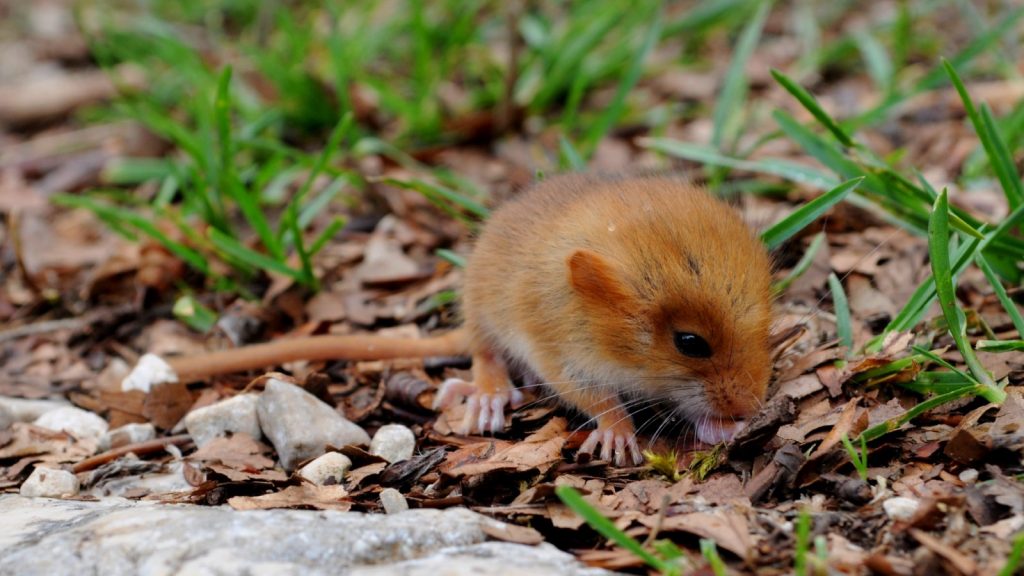
This cute, sleepy rodent has vanished from half its former range in the last 100 years. Changes in woodland management and fragmentation of habitats have hit dormice hard. They need well-connected woodlands with a diverse shrub layer to thrive, something that’s becoming increasingly rare in the British countryside. The People’s Trust for Endangered Species runs a national dormouse monitoring programme and reintroduction projects to help these charismatic creatures.
White-clawed Crayfish
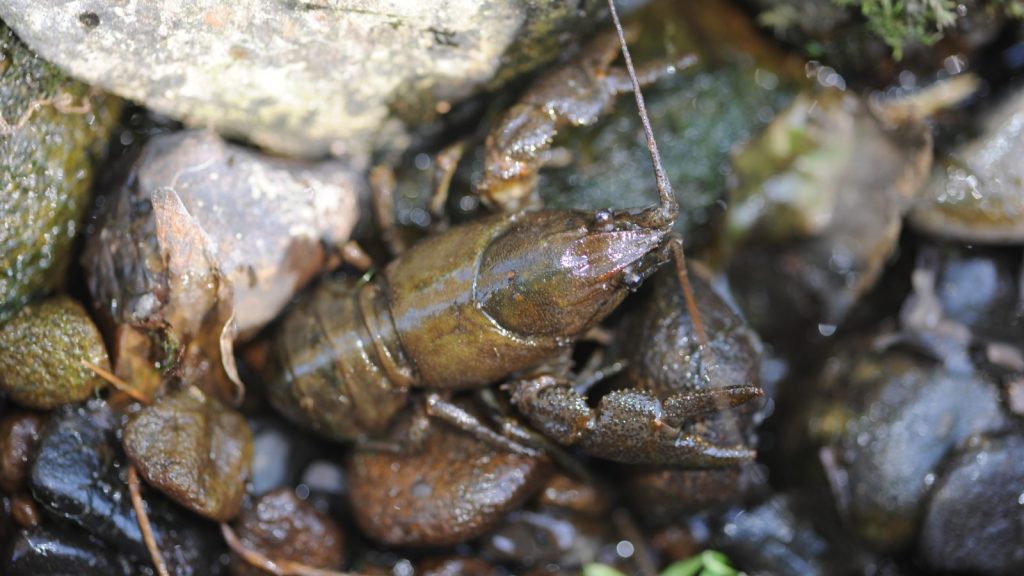
Our only native crayfish species is in serious trouble. The introduction of the American signal crayfish has brought disease and competition, pushing our native crayfish out of many rivers. Pollution and habitat degradation have also played a role in their decline. ‘Ark sites’ – isolated water bodies free from signal crayfish – are being established to protect remaining populations of white-clawed crayfish.
European Eel
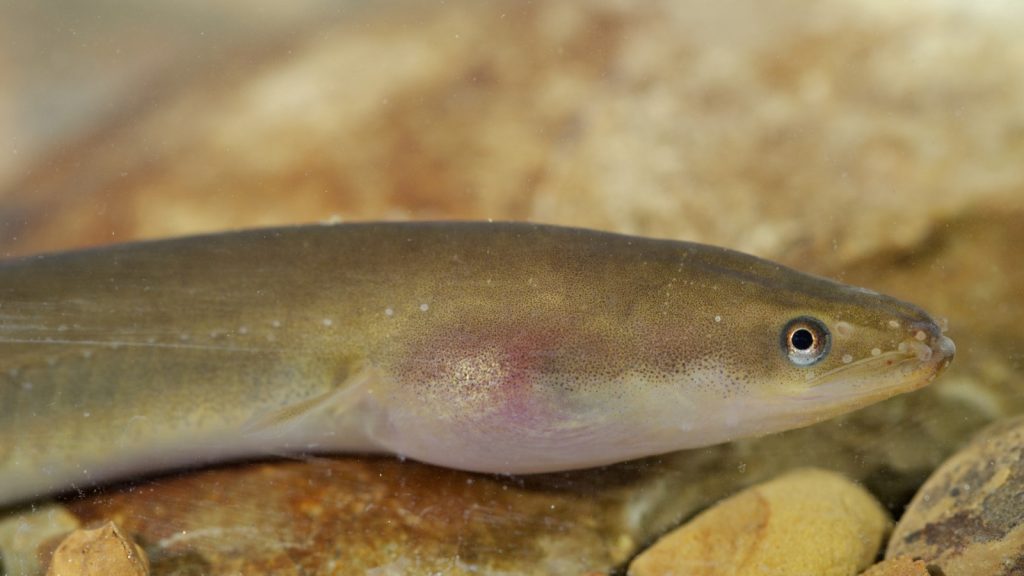
These mysterious fish, which migrate from European rivers to the Sargasso Sea to breed, have seen a 95% decline since the 1980s. Barriers in rivers, overfishing, and changes in ocean currents due to climate change all threaten the eel’s epic life cycle. The installation of ‘eel passes’ on river obstacles and restrictions on eel fishing are among the measures being taken to help this critically endangered species.
Curlew
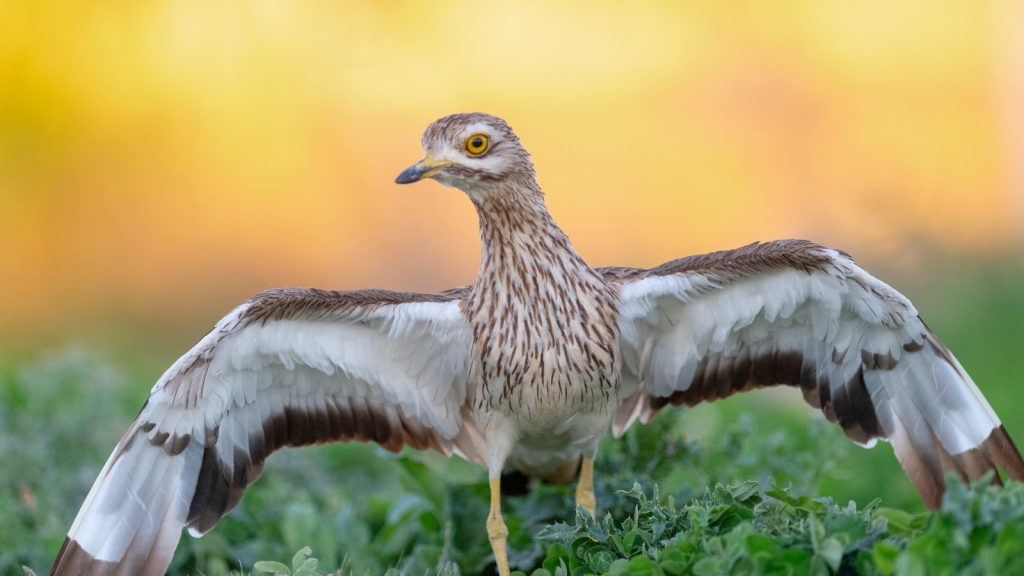
The haunting call of the curlew is becoming increasingly rare in the British countryside. These wading birds have declined by 65% since 1970 due to changes in farming practices and predation. The UK holds a quarter of the global breeding population, making their conservation crucial. The Curlew Recovery Partnership brings together farmers, land managers, and conservationists to protect curlew breeding habitats and increase chick survival rates.
12 Facts About the Adder, Britain’s Only Venomous Snake
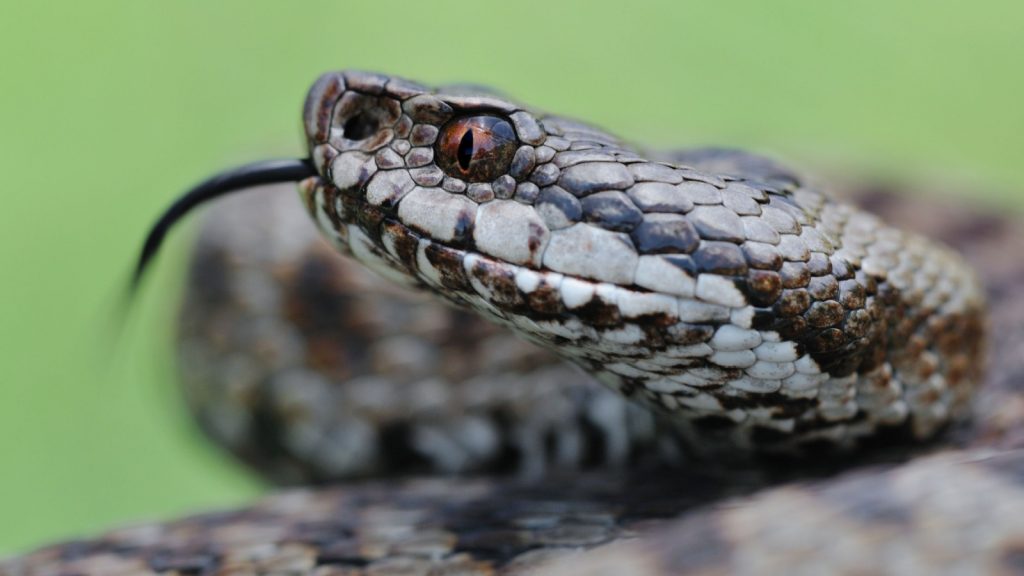
The adder, also known as the common viper, is Britain’s only venomous snake. While these fascinating creatures are often feared, they play an important role in the country’s ecosystems. Here are 12 scintillating facts about adders that will help you appreciate these misunderstood reptiles.
Read More: 12 Facts About the Adder, Britain’s Only Venomous Snake
Katy Willis is a writer, master herbalist, master gardener, and certified canine nutritionist who has been writing since 2002. She’s finds joy in learning new and interesting things, and finds history, science, and nature endlessly fascinating.
